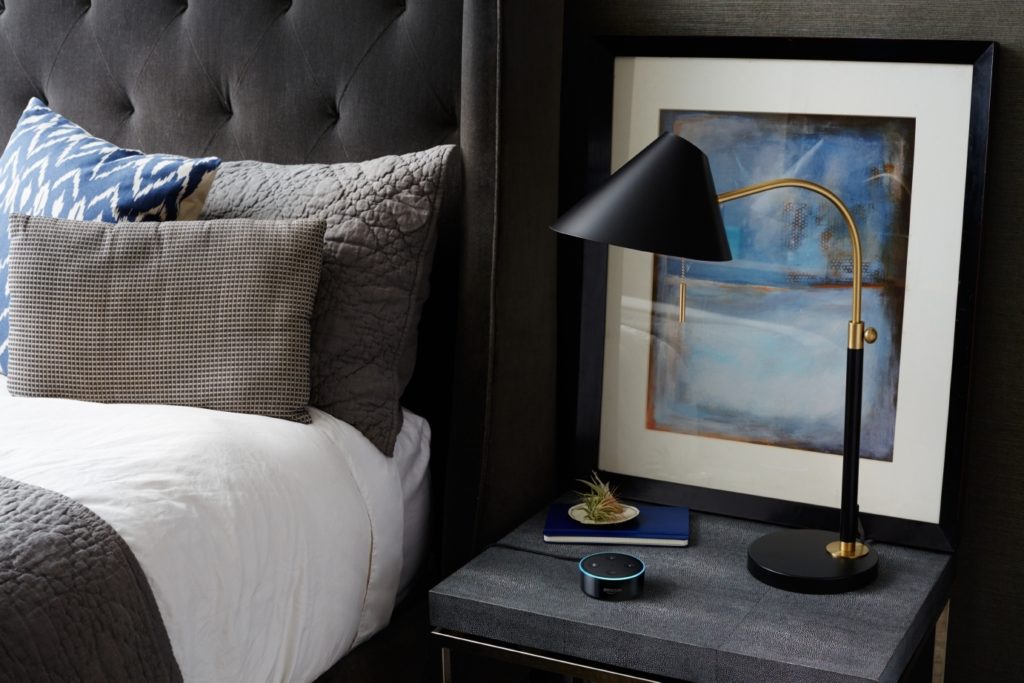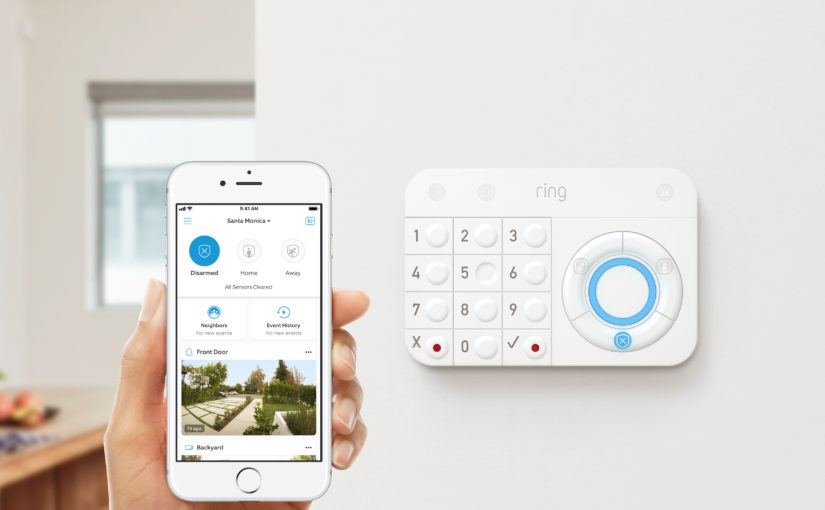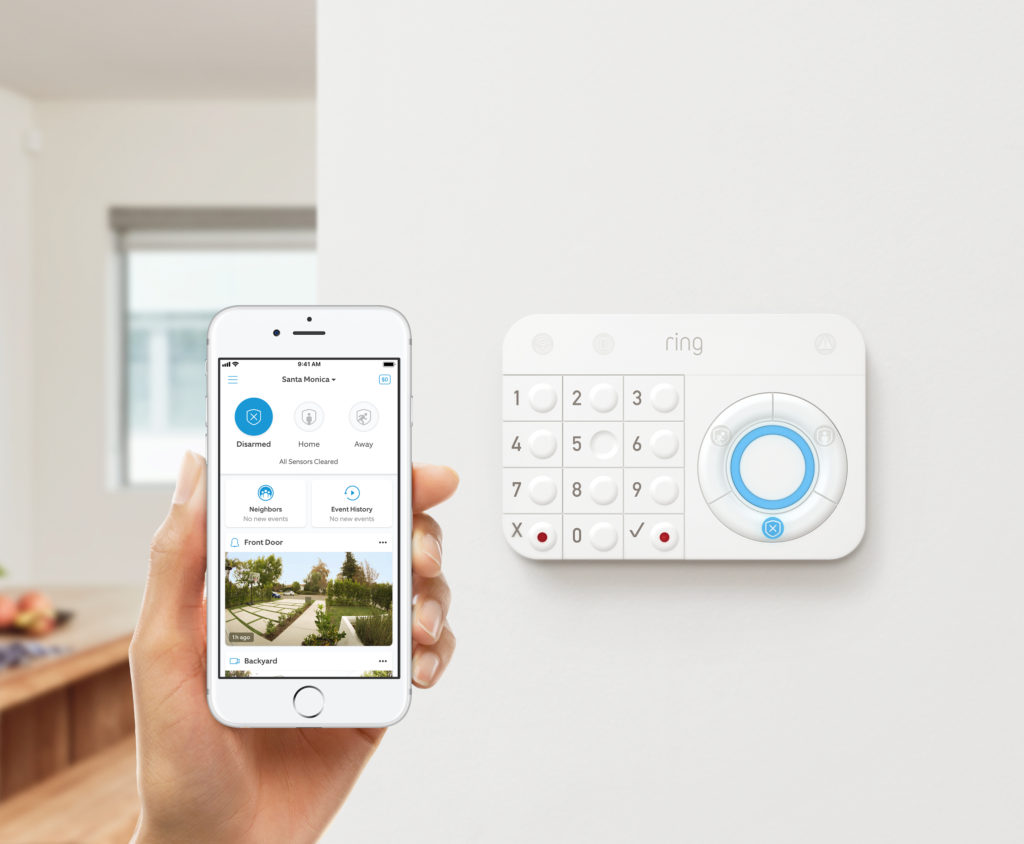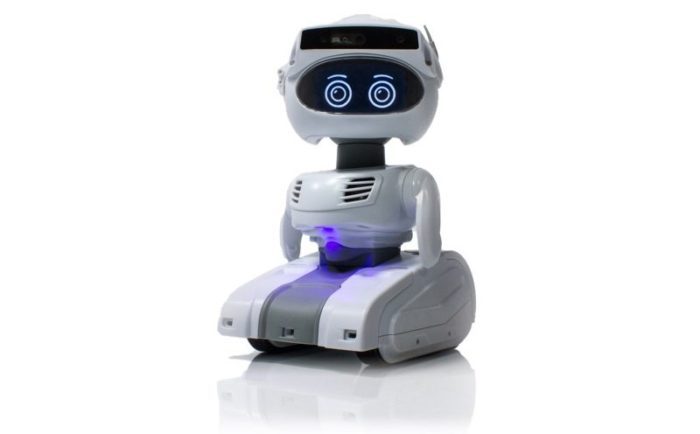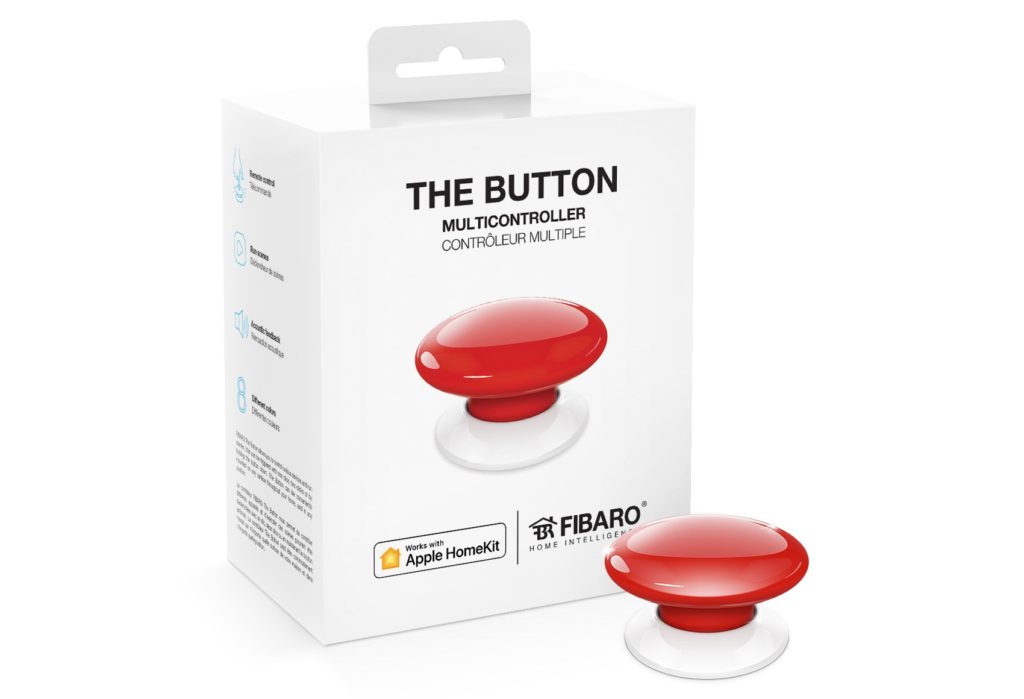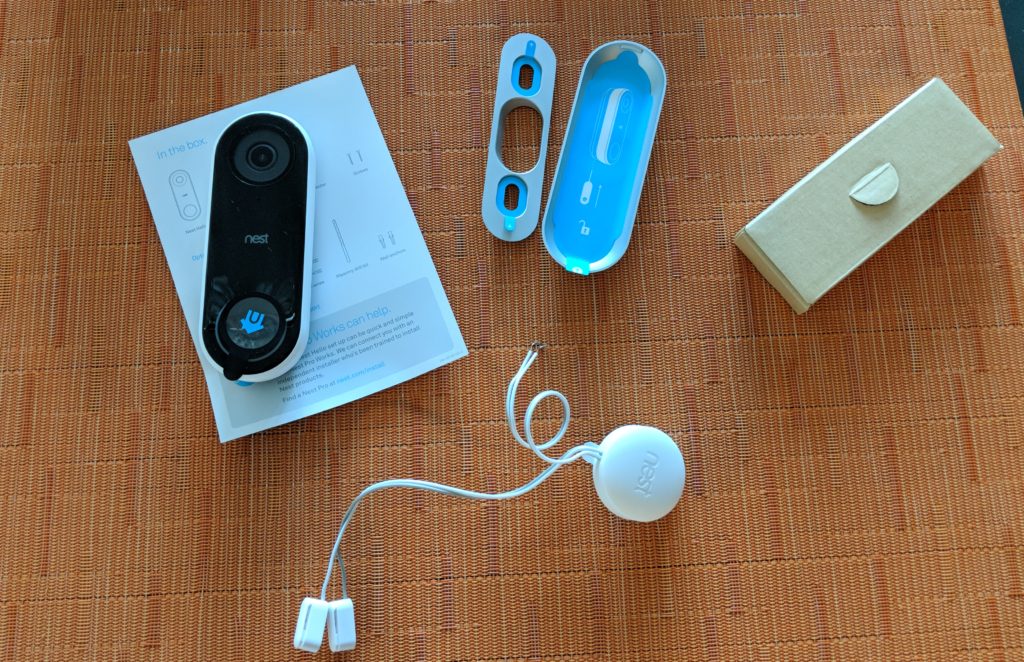This week’s episode begins on a grim note, as Kevin and I discuss the New York Times’ story about how smart home gadgets can become another point of control in abusive relationships. From there we touch on the new Wi-Fi WPA3 security standard and Tesla’s new plan to charge users for data and what it means for IoT. Kevin shares the new Alexa for iOS feature and explains why it’s useful, while I talk about a startup that wants to detect pollution at granular levels. We share news of a smart stent, smart park benches and my experience with an Alexa-enabled faucet. We then answer a question from a reader who wants to buy Abode’s security system but wonders what gadgets will work with it. The reader hopes that he can connect his home camera system to it, but has his doubts. If you are looking for your own home camera system, you may want to check out something like a home security camera, and maybe, just maybe, you’ll be able to connect it to Adobe’s security system.

For the guest segment, I visit with Cyrus Farivar, who is a reporter at Ars Technica and wrote a book on surveillance tech called “Habeas Data”. We discuss the current legal underpinnings of privacy law in the US and how it has evolved. Our conversation covers the recently decided Carpenter case, the 1967 case that established the concept of a “reasonable expectation of privacy,” and how the government could use our connected devices against us. You’ll learn a lot, but you may want to unplug your Echo.
Hosts: Stacey Higginbotham and Kevin Tofel
Guest: Cyrus Farivar author of “Habeas Data”
Sponsor: Control4
- How to reset connected devices and be a decent human being
- Y’all had some great ideas on connected cameras
- Alexa, ask Delta to turn on faucet
- Where the expectation of privacy came from
- What to ask device makers about government snooping
Podcast: Play in new window | Download | Embed
Subscribe: RSS

